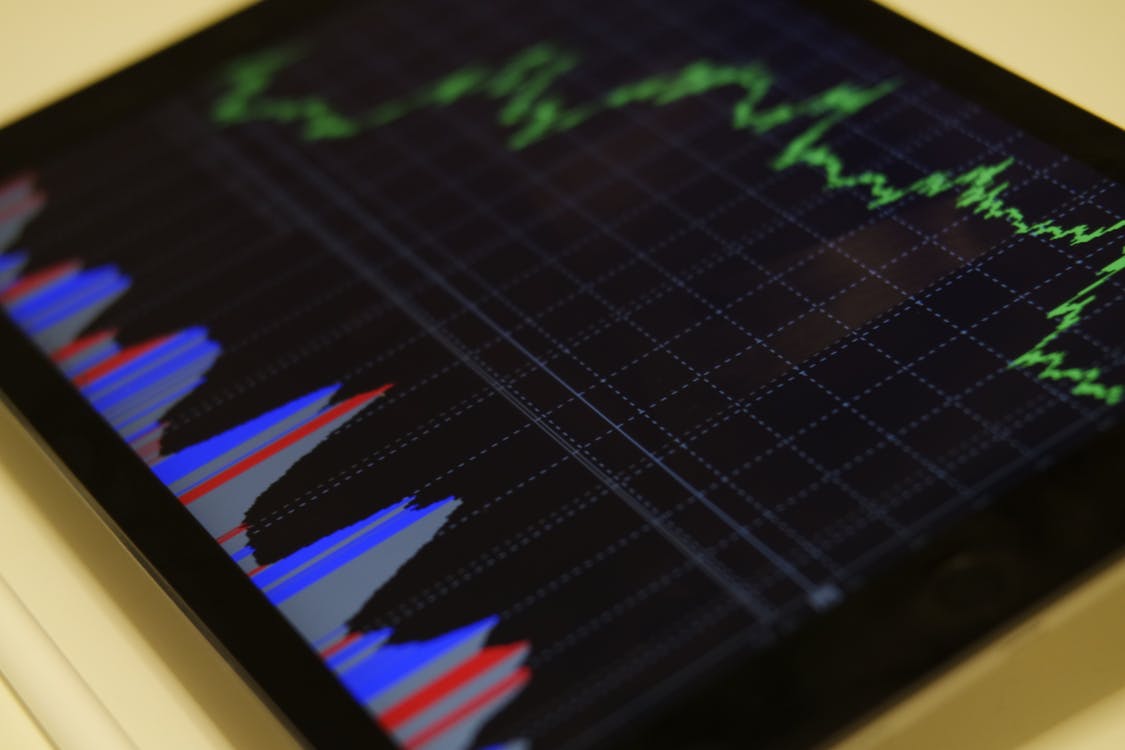This is an excerpt from the December 2017 edition of The SOL SOURCE, a monthly electronic newsletter analyzing the latest trends in renewable energy based on our unique position in the solar financing space. To receive future editions of the journal, please subscribe.
With the solar trade case looming, modules have been the talk of the town in solar. In less than a year’s span, the industry saw average module prices drop from $0.59/W in Q2 2016 to $0.37/W in Q1 of 2017. Utility-scale solar in particular became even more competitive with other energy resources, reaching the Sunshot goal of $1/W solar energy in 2017, 3 years before the 2020 goal DOE’s SunShot Initiative had set.
However, when Suniva filed its section 201 trade case against imported panels, uncertainty ran rampant, particularly in reaction to the petitioners’ request of $0.78/W price floor. The behaviors that followed were reminiscent of how worries about a hurricane causes long lines at the gas stations, or how in our hometown of Washington, D.C., warning of potential flurries cause people to flock to the nearest grocery store to raid the shelves of all remaining milk or bread: developers began racing to buy as many modules as they could before the potential tariffs took place. Quickly, demand for modules shot up, and module manufacturers were all too happy to oblige by charging above market rates to meet this Suniva-driven demand.
Utility-scale Solar & Tariffs
The price hikes caused by the current climate threaten utility-scale solar more than any other sector of the industry given the scale of the projects, price sensitivity, and the fact that utility-scale must compete at wholesale power rates instead of retail. With the trade case, much of the industry was making large volume purchases pre-tariff in this sector. This has led to a boon for some module manufacturers. First Solar, an American manufacturer of thin-film modules, a technology not impacted by the 201 case, has capitalized on the situation and is expected to produce far above previous projections the next few years. They are also due to release a new series of modules, Series 6, that they hope better addresses the cost challenges currently facing the utility-scale market by adding more yield per module at a lower installation cost.
Ultimately, demand for modules in 2018 is either being satiated now or pushed back another year. Large developers and IPPs likely purchased large quantities of modules in 2017, which should decrease the need for modules next year. In addition, many large-scale projects that haven't secured modules were stalled and pushed a year or two back. Much of this could change if tariffs aren't implemented, or are implemented at minimum damage, so we're still in the dark until that decision.
Where Do We Stand Now?
Today, pricing is beginning to level out amid a still-uncertain future. Once recommendations were released by the ITC, module prices began to level out around an average of $0.47/W, as the industry seems to be assuming a 30% tariff. However, there is speculation among our team that module pricing may drop lower than mid-40 cents-per-watt if demand drops, as manufacturers may be forced to drop prices to secure throughput of volume.
What Happens Next?
While some stability has arrived for the module market, there are many questions still to be answered for investors and solar customers alike as we await President Trump’s January 26 deadline for a decision. And, assuming a tariff close to 30 percent could give reason to believe that newer technologies like bi-facial and Mono-PERC modules may start to see some more play in the market; this is because higher yield will be more important than ever on imported panels in a tariff scenario. Still, until the administration acts (or does not act) on the recommendations, forecasting remains challenging.
ABOUT SOL SYSTEMS
Sol Systems, a national solar finance and development firm, delivers sophisticated, customized services for institutional, corporate, and municipal customers. Sol is employee-owned, and has been profitable since inception in 2008. Sol is backed by Sempra Energy, a $25+ billion energy company.
Over the last eight years, Sol Systems has delivered 650MW of solar projects for Fortune 100 companies, municipalities, universities, churches, and small businesses. Sol now manages over $650 million in solar energy assets for utilities, banks, and Fortune 500 companies.
Inc. 5000 recognized Sol Systems in its annual list of the nation’s fastest-growing private companies for four consecutive years. For more information, please visit www.solsystems.com.



